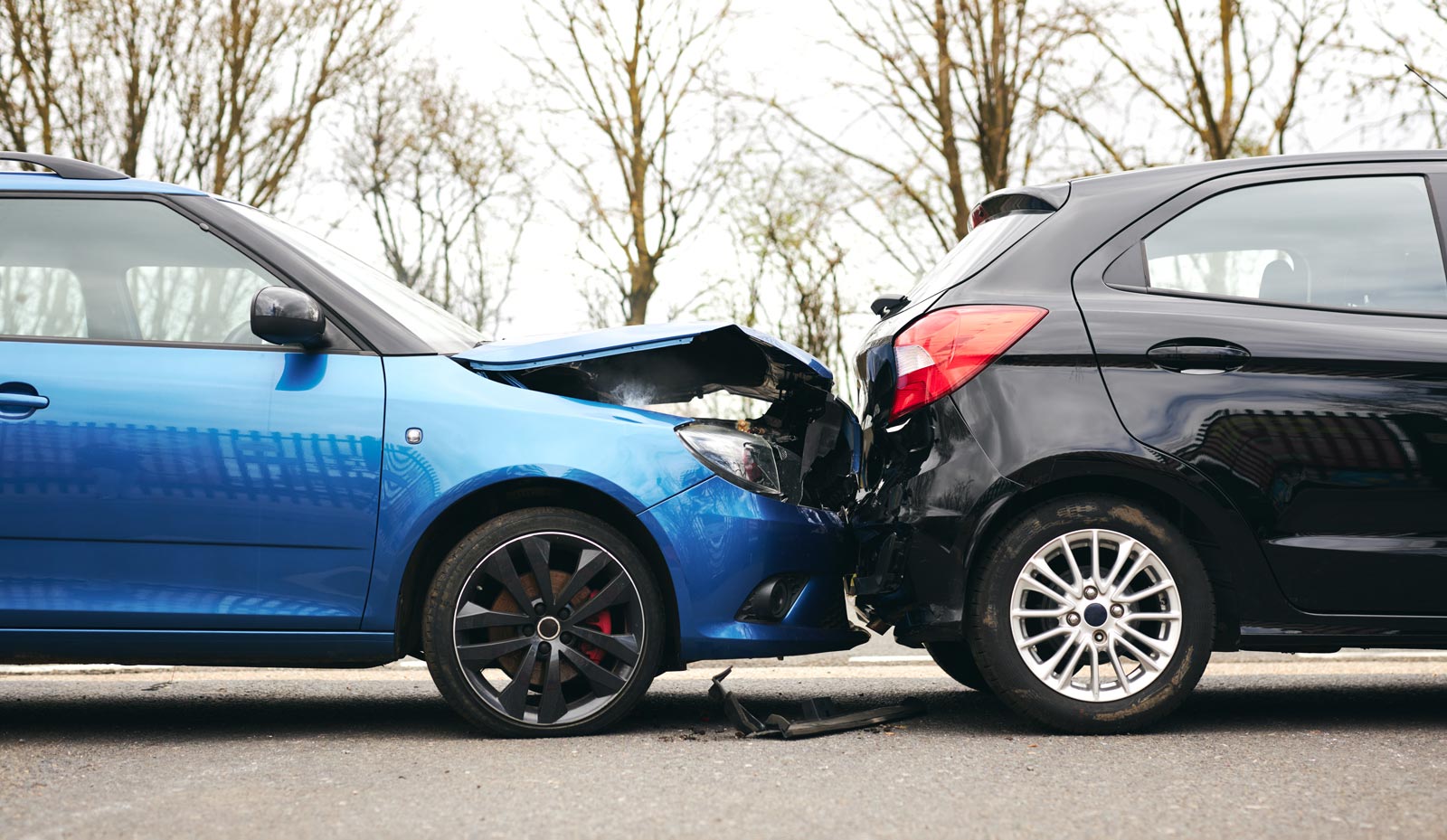Tire and wheel failure are the top causes of mechanically-related car and truck crashes. In the summer, tire blowouts are very common in Texas and have multiple causes. Below, the car accident and tire defect lawyers at Crosley Law Firm explain the mechanics of tire blowouts and your legal rights after a serious tire blowout crash.
What Causes Tire Blowouts?
There are several primary causes of tire blowouts:
Underinflation
Although you may not suspect it, low pressure is one of the top reasons for tire blowouts. When you drive on an underinflated tire, you put pressure on its sidewalls. This flexes the tire’s components beyond their tolerances. At some point, they burst in those weakened areas. Make sure to keep your tires inflated properly, especially when the temperature outside changes drastically.
Heat
Hot temperatures increase your tires’ internal pressure, making them expand. This expansion, coupled with hot asphalt, causes increased friction and stress, which can result in a blowout.
Low tread depth
Bald tires are vulnerable to damage, more sensitive to heat, and make your vehicle more difficult to control.
Existing tire damage
Damage to the sidewall or tire components can take time to emerge. You might drive miles before road friction and pressure cause the tire to explode. For this reason, it’s important to inspect your tires regularly. Many dealerships and tire shops will check your tires for free and inflate them properly at the same time.
Vehicle overloading
When you overload a vehicle, the increased pressure can damage your tires’ sidewalls. To protect yourself, you should try to buy tires with the same load capacity as your SUV or pickup.
Product and design defects
Flaws in the design or manufacturing of a tire can cause tire blowouts. While you may have heard of highly publicized recalls, like the Firestone recall, tire manufacturers routinely face product liability lawsuits due to defective or dangerous tires.
Tire age
Most tires have a lifespan of six years. After that, their rubber and other components start to break down and become more brittle. Even if you don’t do much driving and the treads are intact, old tires can be dangerous to drive on.
Reckless driving
Aggressive driving maneuvers, harsh braking, and other reckless behaviors can cause tires to fail (especially if they’re already damaged or poorly maintained).
Poor road conditions
Potholes and road debris can puncture or damage a tire, causing a blowout.
RELATED BLOG: Tire Defects Cause Fatal Car Accidents Nationwide
While many tire blowouts cause single-vehicle crashes, they can still result in serious injuries. About 45% of SUVs roll over during a tire-related crash. And high-speed blowouts can cause a vehicle to lose control—resulting in catastrophic injuries and even death.
Regulations Have Improved Tire Safety, But Problems Remain
According to a 2003 National Highway Traffic Safety Administration (NHTSA), flat tires and blowouts used to cause 414 fatalities, more than 10,000 injuries, and more than 78,000 crashes each year. These numbers have dropped now that all new cars have a tire pressure monitoring system onboard. However, recent studies show that more than 12% of vehicles on the road still have severely underinflated tires and are at risk of a blowout.
Tire pressure sensors also only warn you once your tire’s pressure is 25% below the recommended level. That can still be dangerously low, and it can cause a decline in your fuel efficiency. Plus, not all sensors work properly. You might not notice a defective tire pressure sensor until it is too late. And once a blowout occurs, you have very little chance of avoiding a crash. For this reason, it’s important that drivers regularly check their tire pressure and properly maintain their tires.
RELATED BLOG: How to Check for Tire Defects Before It’s Too Late
Is There Really a Tire Blowout Season?
You might notice that tires rarely go on sale during the summer. During “tire blowout season,” manufacturers and retailers know that demand for new tires is high. The season typically lasts from May until early October.
Why do tires tend to fail during this time? The answers are relatively simple: people tend to drive longer distances in overloaded vehicles on hot roads during the Spring, Summer, and early Fall. All of these factors put extra stress on your tires, increasing your chance of a blowout or a flat.
Who Is Responsible for Tire Blowout Injuries?
Depending on the circumstances surrounding your crash, you might have multiple claims against multiple defendants. Importantly, you should never dispose of the blown-out or flat tires. Your car crash lawyer and expert witnesses will need them to assess your claims. If they’re destroyed, it’s virtually impossible to prove there was a tire defect. If you need help preserving the tires as evidence, contact a San Antonio personal injury lawyer immediately.
You might have claims against a negligent driver whose tire failure caused your injuries and the manufacturer of a dangerous or defective tire. An experienced car accident or tire defect lawyer can help you investigate your claims and demand fair compensation for your injuries.
If you were at-fault for the crash, you still might have a claim against your personal injury protection (PIP) policy. Unlike liability insurance, PIP is a no-fault system that helps pay some of your medical bills and lost income.
Finally, if a negligent driver was uninsured or underinsured, you might have a claim against your personal uninsured/underinsured motorist (UM/UIM) policy.
Crosley Law Firm: Fighting for Car Accident and Tire Defect Victims in San Antonio and Throughout Texas
After a tire blowout, the insurance company might pressure you to settle quickly without a San Antonio personal injury lawyer. However, the adjuster isn’t looking out for your best interests—his or her goal is to minimize the insurance company’s expenses by paying you less.
When you work with a Crosley Law Firm attorney, we will help you understand your rights and the value of your claims. If you’d like to learn more about our cutting-edge approach to car accident claims, contact us online or at 210-LAW-3000 | 210-529-3000. for a free, no-risk consultation.
References
Choi, E-H. (2012, April). Tire-related factors in the pre-crash phase. National Highway Traffic Safety Administration. Retrieved from https://crashstats.nhtsa.dot.gov/Api/Public/ViewPublication/811617.
National motor vehicle crash causation survey: Report to Congress. (2008, July). National Highway Traffic Safety Administration. Retrieved from https://crashstats.nhtsa.dot.gov/Api/Public/ViewPublication/811059.
Sivinski, R. (2012, November). Evaluation of the effectiveness of TPMS in proper tire pressure maintenance. National Highway Traffic Safety Administration. Retrieved from https://crashstats.nhtsa.dot.gov/Api/Public/ViewPublication/811681.
The content provided here is for informational purposes only and should not be construed as legal advice on any subject.









